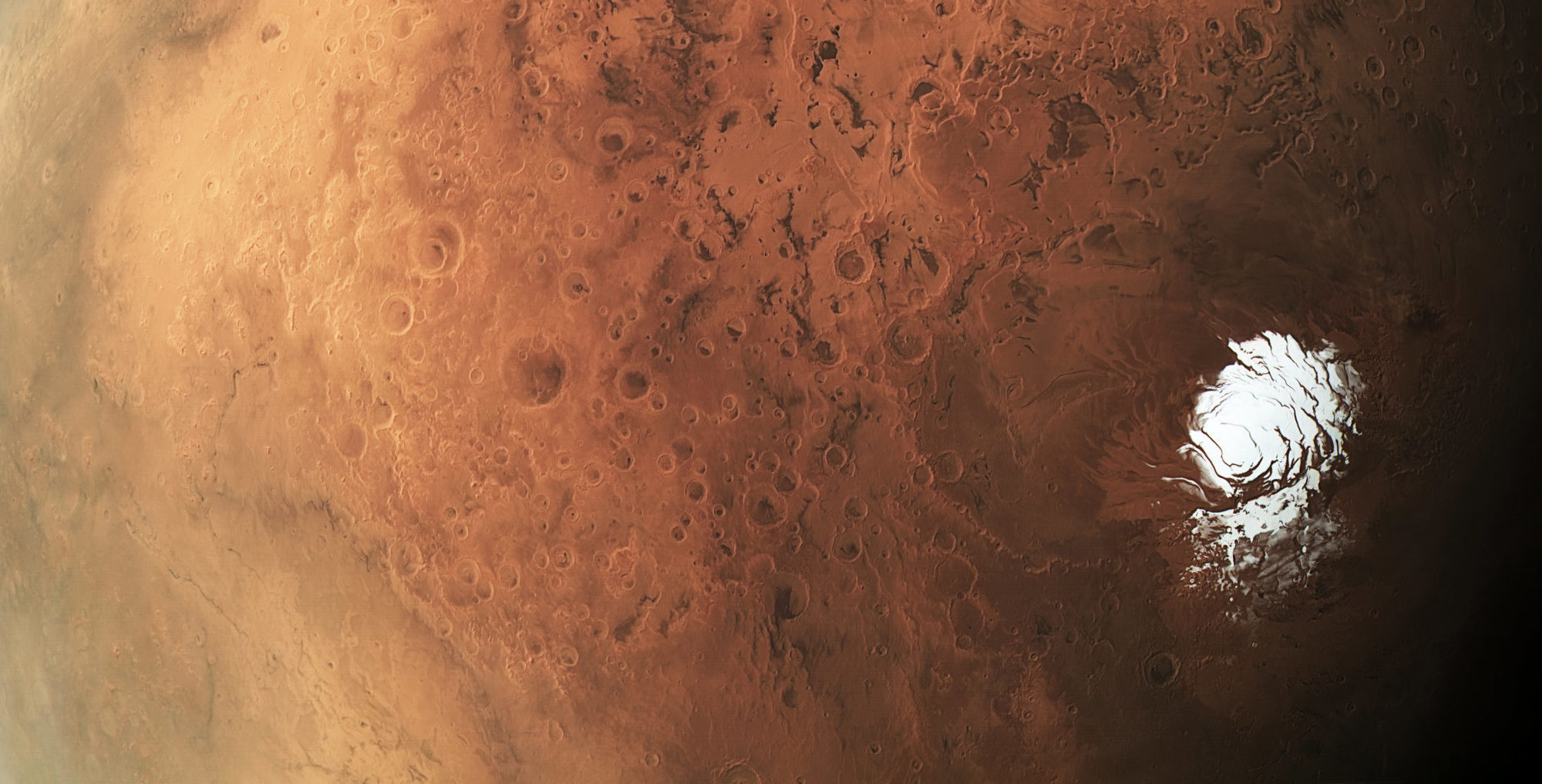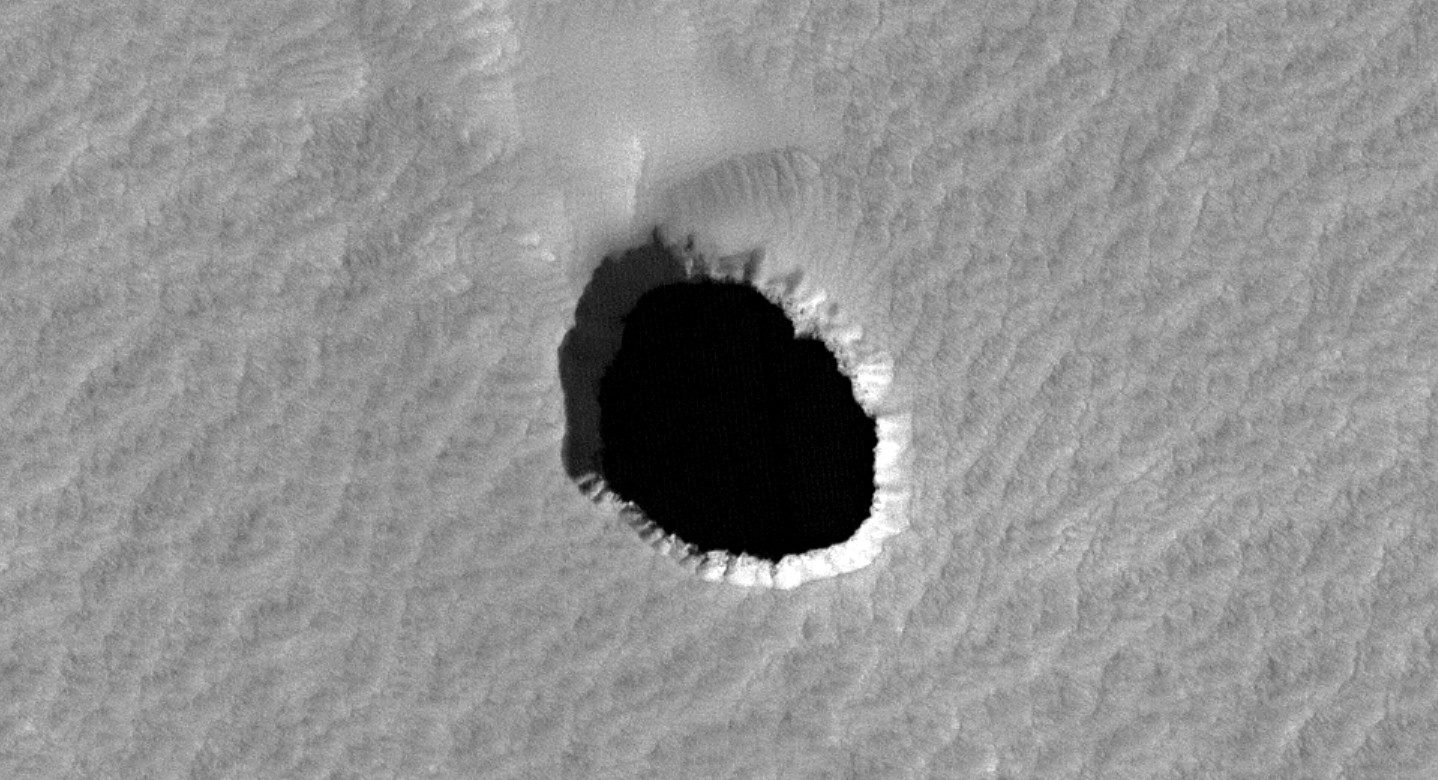Featured Image: Iceberg in North Star Bay, Greenland by Jeremy Harbeck – NASA, Public Domain
Authors: Michael J. Malaska, Rohit Bhartia, Kenneth S. Manatt, John C. Priscu, William J. Abbey, Boleslaw Mellerowicz, Joseph Palmowski, Gale L. Paulsen, Kris Zacny, Evan J. Eshelman, and Juliana D’Andrilli
Like the rings of a tree, core samples extracted from glacial ice preserve a unique record of past events. But instead of recording seasonal growth, the ancient ice sheets of Antarctica and Greenland have preserved the conditions of long gone climates and ecosystems. Some sheets have continuously accumulated so much snowfall over the past series of millennia that in some places the ice can reach depths that are miles deep. Analyzing this immense glacial record can inform us about not just the global patterns of climate change, but also the evolution of microbial life on Earth, and maybe even the icy worlds of our Solar System.
Continue reading “New instrument maps and preserves frozen habitats on Earth- and potentially icy worlds”



